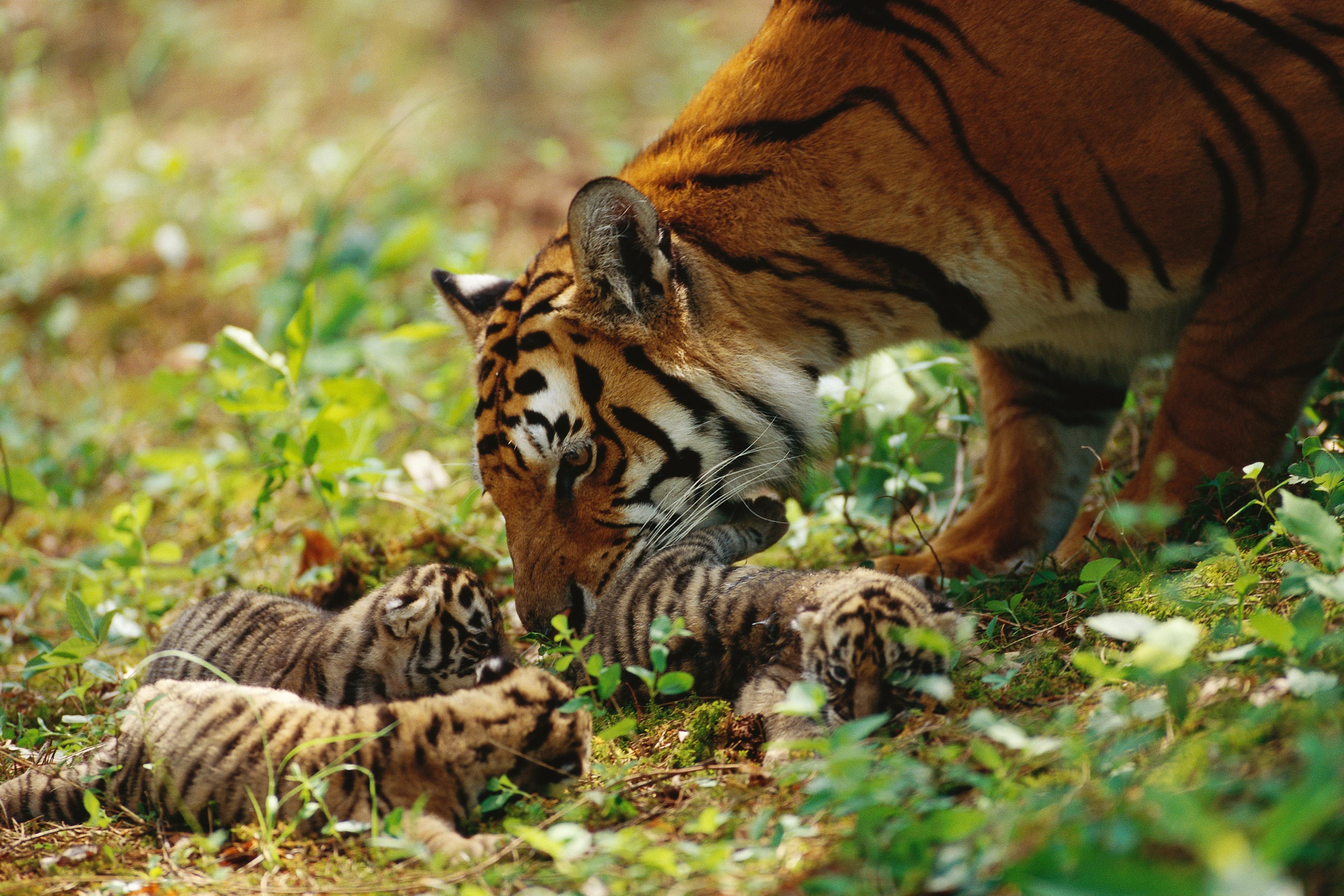
The Nurturing Instincts: How Animals Care for Their Babies
Throughout the animal kingdom, parental care is a fundamental aspect of ensuring the survival and well-being of offspring. Animals exhibit a remarkable diversity of strategies to nurture their young, ranging from the simplest forms of protection to elaborate and complex behaviors. This article explores the fascinating world of animal parenting, delving into the intricate ways in which animals care for their babies.
Pre-Natal Care
The care for animal babies often begins even before birth. Many species engage in elaborate courtship rituals to attract mates and ensure the genetic fitness of their offspring. Once fertilization occurs, females of many species undergo a period of gestation, during which the developing embryo or fetus is protected and nourished within the mother’s body.
During gestation, the mother’s body undergoes physiological changes to accommodate the growing fetus. The uterus expands to provide ample space, while the placenta develops to facilitate the exchange of nutrients and oxygen between the mother and the developing offspring. In some species, such as mammals, the mother produces milk during gestation to prepare for nursing after birth.
Birth and Immediate Post-Natal Care
The birth of an animal baby is a critical moment in its life. In many species, the mother plays an active role in assisting with the birth process. She may lick or chew the umbilical cord to sever it, and in some cases, she may even help to deliver the baby.
Immediately after birth, the mother’s instincts kick in to provide care and protection for her newborn. She may lick the baby to clean it and stimulate its breathing. In many species, the mother forms a strong bond with her baby through touch, vocalizations, and eye contact.
Feeding
One of the most important aspects of animal parenting is providing nourishment for the young. Animals employ a wide range of feeding strategies, depending on their species and the nutritional needs of their offspring.
Nursing: Mammals are known for their ability to nurse their young with milk produced by their mammary glands. Nursing provides essential nutrients, antibodies, and growth factors that are crucial for the development and survival of the baby. The mother’s milk is tailored to the specific needs of her offspring, ensuring optimal growth and health.
Regurgitation: Some birds and reptiles regurgitate partially digested food to feed their young. This method allows the parents to provide their offspring with a nutrient-rich diet without having to leave the nest or den.
Hunting and Gathering: Many animals, such as carnivores and herbivores, must hunt or gather food to feed their young. The parents may bring food back to the nest or den, or they may teach their offspring how to hunt or forage for themselves.
Protection
Protecting their young from predators and other threats is a primary concern for animal parents. Animals employ a variety of strategies to safeguard their offspring, including:
Camouflage: Many animals, such as insects and birds, use camouflage to conceal their young from predators. They may build nests or burrows that blend in with their surroundings, or they may use their own bodies to shield their offspring from danger.
Territorial Defense: Many animals defend a territory around their nest or den to keep predators away. They may use vocalizations, scent marking, or aggressive displays to deter potential threats.
Vigilance: Some animals, such as wolves and elephants, take turns guarding their young while others rest or forage. This vigilance ensures that the offspring are constantly protected from danger.
Education
As animal babies grow and develop, their parents play an important role in educating them about their environment and survival skills. This education may include teaching them how to hunt, forage, avoid predators, and interact with other members of their species.
Socialization
In social species, such as primates and elephants, parents play a crucial role in socializing their young. They teach them how to interact with other members of their group, establish social hierarchies, and develop appropriate behaviors.
Conclusion
The care and nurturing of animal babies is a remarkable and complex phenomenon that ensures the survival and well-being of offspring. Animals exhibit a wide range of strategies to protect, feed, and educate their young, demonstrating the incredible diversity and adaptability of the animal kingdom. From the simplest forms of protection to elaborate and intricate behaviors, animal parenting is a testament to the power of instinct and the deep bonds that exist between parents and their offspring.
